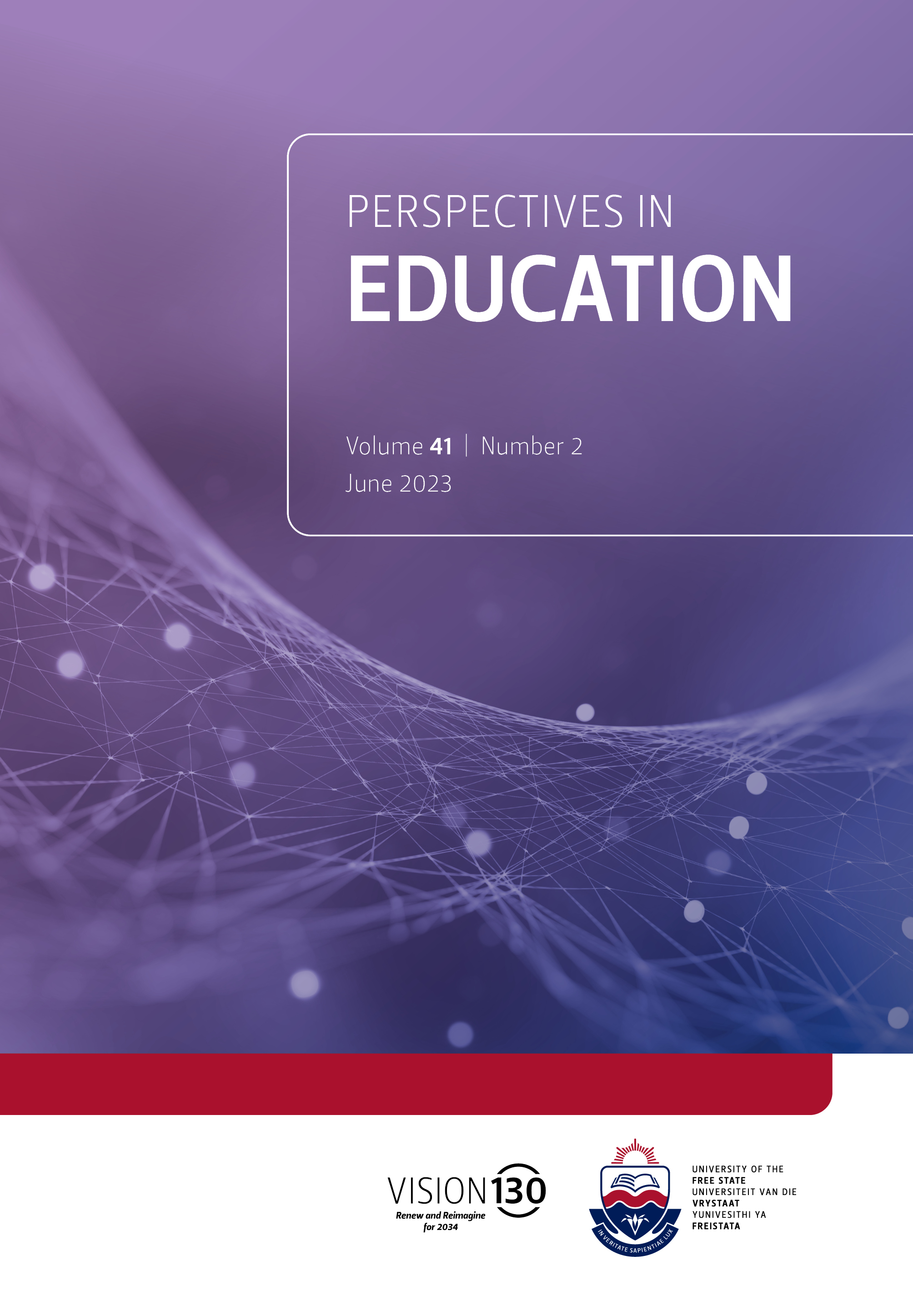Emergency remote education in higher education institutions during COVID-19: Students’ voices
DOI:
https://doi.org/10.38140/pie.v41i2.5923Keywords:
COVID-19, Technology, emergency remote education, Diffusion of Innovations, Higher educationAbstract
The outbreak of the coronavirus pandemic was declared a public health emergency of international concern. In South Africa (SA), institutions had to adopt emergency remote education, thus resulting in significant challenges for both students and lecturers. This article investigated students’ views and perceptions towards emergency remote education. The Diffusion of Innovations (DoI) model was used as a lens to understand students’ views regarding emergency remote education. The researchers applied a qualitative research approach within the interpretivist paradigm since it offered an opportunity to explore and understand participants’ lived experiences. Purposive sampling was used. The participants included nine undergraduate students from a public university in Gauteng province. Findings highlighted students’ ambivalent views towards online teaching and learning. Some participants support emergency remote education, while some believed that they did not acquire the depth and scope of the content of the module in comparison to contact lectures. Participants indicated that it was challenging to follow lecturers due to unstable network connectivity. They highlighted socio-economic conditions, lack of resources and an unconducive learning environment affected their education. For effective online teaching and learning, appropriate planning and infrastructure were recommended to be available and accessible to all students.
Downloads
##submission.downloads##
Published
How to Cite
Issue
Section
License
Copyright (c) 2023 Zijing Hu, Roy Venketsamy

This work is licensed under a Creative Commons Attribution 4.0 International License.





